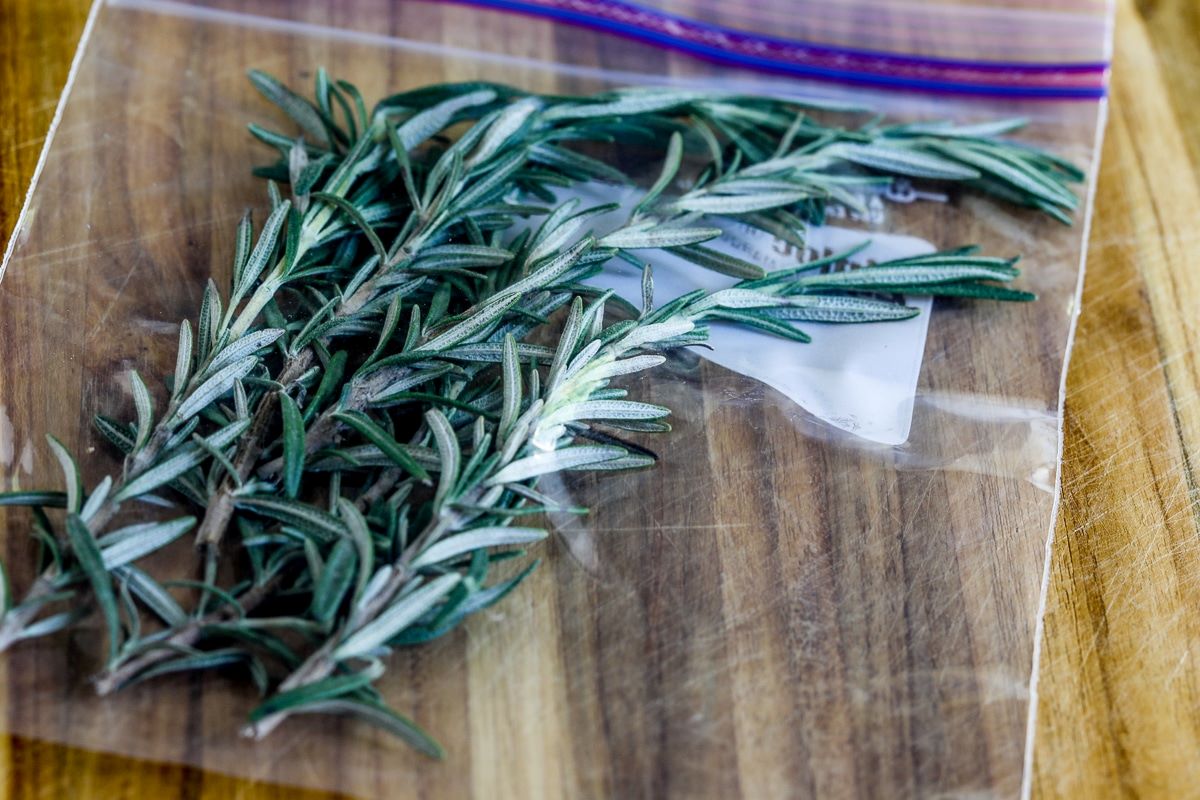

Articles
How To Store Fresh Rosemary In The Freezer
Modified: February 27, 2024
Learn how to store fresh rosemary in the freezer with these helpful articles that offer convenient tips and techniques for preserving the herb's flavor and aroma.
(Many of the links in this article redirect to a specific reviewed product. Your purchase of these products through affiliate links helps to generate commission for Storables.com, at no extra cost. Learn more)
Introduction
Welcome to the world of culinary delights! If you’re a fan of using fresh herbs in your cooking, then you’ll know that nothing beats the vibrant flavors and aromas they bring to a dish. One such herb that adds a touch of magic to various recipes is rosemary. With its earthy fragrance and pine-like flavor, rosemary is a versatile herb that can elevate any dish, from roasted vegetables and grilled meats to soups and sauces.
However, one common challenge when it comes to fresh herbs is keeping them fresh for a longer period. Thankfully, there’s a great solution for preserving the freshness and flavor of rosemary: freezing. Freezing fresh rosemary is a simple and effective way to store this aromatic herb, ensuring you have a supply on hand whenever you need it.
In this article, we will delve into the reasons behind freezing fresh rosemary, explore different methods for freezing, and provide useful tips for storing and using frozen rosemary. So, if you’re ready to learn how to keep your rosemary garden-fresh all year round, let’s dive in!
Key Takeaways:
- Preserve the vibrant flavor and aroma of fresh rosemary by freezing it, extending its shelf life, ensuring convenient availability, and allowing you to make the most of seasonal harvests.
- Properly prepare, package, and store frozen rosemary for convenient use in a variety of dishes, from soups and sauces to meats and dressings, enhancing your culinary creations.
Read more: How To Store Fresh Rosemary
Why Store Fresh Rosemary in the Freezer
So, why should you consider freezing fresh rosemary instead of simply keeping it in the refrigerator or using it right away? There are several reasons why freezing is the preferred method for preserving the freshness and flavor of this beloved herb.
- Extended Shelf Life: Freezing fresh rosemary significantly extends its shelf life compared to storing it in the refrigerator. While refrigeration can keep rosemary fresh for a few days, freezing can preserve it for several months.
- Prolonged Flavor and Aroma: Rosemary’s distinct flavor and aroma lie in its essential oils, which are sensitive to light, heat, and air. Freezing rosemary helps to lock in these essential oils, ensuring that the herb retains its full flavor and aroma.
- Convenient Availability: Having frozen rosemary on hand means you never have to worry about its availability. Whether you need a sprig or a few leaves for a recipe, you can easily grab what you need from the freezer without the hassle of running to the store or dealing with wilted herbs.
- Preserving Harvests: If you have a bountiful rosemary plant in your garden or want to make the most of seasonal sales, freezing allows you to preserve your harvest or take advantage of great deals without letting any rosemary go to waste.
By storing fresh rosemary in the freezer, you can ensure that this beloved herb remains at its peak freshness and flavor, ready to elevate your culinary creations whenever you desire.
Preparation Before Freezing
Before diving into the freezing process, there are a few essential steps to take to prepare your fresh rosemary for optimal freezing results.
1. Harvesting: Start by harvesting your rosemary sprigs or leaves. Ideally, it’s best to pick the rosemary in the morning when the essential oils are at their highest concentration. Choose healthy-looking stems or leaves that are free from blemishes or bruising.
2. Cleaning: Next, give the rosemary a gentle rinse under cold water to remove any dirt or debris. Pat it dry using a clean kitchen towel or paper towels. Make sure the rosemary is completely dry before proceeding to the next step.
3. Trimming: Take your time to trim any woody stems or tough leaves from the rosemary sprigs. This step is especially important for optimal flavor and to ensure that the herb is easy to use in recipes after freezing.
4. Portioning: Decide on the portion sizes you’d like to freeze. Whether you want to freeze individual sprigs, leaves, or make rosemary-infused oil (we’ll cover this later), dividing the rosemary into smaller portions will make it more convenient to use later on.
By following these preparation steps, you’ll ensure that your fresh rosemary is clean, trimmed, and ready to be frozen. Now, let’s explore the various methods you can use to freeze your rosemary, depending on your preferred use and convenience.
Methods for Freezing Fresh Rosemary
When it comes to freezing fresh rosemary, there are three primary methods you can choose from, depending on how you plan to use the herb later on. Let’s explore each method in detail:
Method 1: Freezing Fresh Rosemary Sprigs
This method is ideal if you often use whole sprigs of rosemary in your cooking or if you prefer to keep the herb intact for presentation purposes.
- Take the trimmed rosemary sprigs and place them in a single layer on a baking sheet lined with parchment paper.
- Pop the baking sheet into the freezer and allow the rosemary to freeze solid for a few hours or overnight.
- Once frozen, transfer the sprigs into ziplock freezer bags or airtight containers, making sure to remove any excess air to prevent freezer burn.
- Label the bags or containers with the date to keep track of freshness.
Read more: How To Store Fresh Rosemary And Thyme
Method 2: Freezing Fresh Rosemary Leaves
If you prefer using individual rosemary leaves rather than whole sprigs, this method is perfect for you.
- Remove the leaves from the trimmed rosemary sprigs, discarding any woody stems.
- Spread the leaves in a single layer on a baking sheet lined with parchment paper.
- Place the baking sheet in the freezer and allow the leaves to freeze completely.
- Transfer the frozen leaves into freezer bags or airtight containers, removing excess air before sealing.
- Don’t forget to label the bags or containers with the freezing date.
Method 3: Freezing Fresh Rosemary Infused Oil
If you adore the flavor of rosemary-infused oil in your cooking, this method is perfect for you, as it allows you to have the infused oil ready to use straight from the freezer.
- Place the cleaned and dried rosemary sprigs into a glass jar.
- Pour your choice of oil, such as olive oil or grapeseed oil, over the rosemary sprigs, ensuring they are fully submerged.
- Seal the jar tightly and place it in the freezer.
- Allow the rosemary to infuse the oil in the freezer for at least a week for maximum flavor.
- When ready to use, remove the jar from the freezer and let it come to room temperature before using the infused oil.
These methods provide you with versatile options for freezing fresh rosemary, ensuring that you can conveniently use the herb in a variety of cooking applications. Now that you know how to freeze rosemary, let’s move on to the proper packaging techniques for storing it in the freezer.
Method 1: Freezing Fresh Rosemary Sprigs
If you prefer using whole sprigs of rosemary in your cooking or want to preserve the herb’s aesthetic appeal, freezing fresh rosemary sprigs is the way to go. Here’s a step-by-step guide on how to do it:
- Start by washing and thoroughly drying the rosemary sprigs. This ensures that the herb is clean and free from any dirt or moisture that could contribute to freezer burn.
- Once dry, trim any excess leaves or woody stems from the sprigs. This step helps in maintaining the best flavor and texture of the rosemary.
- Next, prepare a baking sheet lined with parchment paper. The parchment paper prevents the rosemary from sticking to the baking sheet and makes it easier to remove the frozen sprigs later on.
- Place the trimmed rosemary sprigs in a single layer on the prepared baking sheet. Make sure there is some space between each sprig to allow for even freezing.
- Transfer the baking sheet with the rosemary sprigs to the freezer. Allow the sprigs to freeze completely for a few hours or overnight. The freezing time may vary depending on your freezer’s temperature.
- Once the sprigs are frozen solid, remove the baking sheet from the freezer. Carefully transfer the frozen rosemary sprigs into ziplock freezer bags or airtight containers.
- Press out any excess air from the bags or containers before sealing them tightly. Removing air helps prevent freezer burn and keeps the rosemary fresh for longer.
- Lastly, don’t forget to label the bags or containers with the freezing date. This step ensures you can keep track of the freshness of your frozen rosemary sprigs.
By following this method, you can have a stash of whole rosemary sprigs ready to add a burst of flavor to your dishes even during the off-season. Whether it’s a hearty stew, a roasted chicken, or a zesty marinade, having frozen rosemary sprigs at your fingertips will elevate your culinary creations to new heights.
Method 2: Freezing Fresh Rosemary Leaves
If you prefer using individual rosemary leaves rather than whole sprigs in your cooking, freezing fresh rosemary leaves is an excellent option. Here’s a step-by-step guide on how to freeze rosemary leaves:
- Start by cleaning the rosemary sprigs and thoroughly drying them. It’s important to remove any dirt or moisture from the leaves to prevent freezer burn.
- Once dry, remove the leaves from the sprigs. Gently hold the stem at the top and run your fingers down the stem, stripping off the leaves as you go.
- Prepare a baking sheet lined with parchment paper. The parchment paper prevents the leaves from sticking to the baking sheet and makes it easier to transfer them after freezing.
- Spread the rosemary leaves in a single layer on the prepared baking sheet, ensuring they are evenly spaced and not overlapping.
- Place the baking sheet with the rosemary leaves into the freezer. Allow the leaves to freeze completely for a few hours or overnight until they are solid.
- Once frozen, remove the baking sheet from the freezer. Carefully transfer the frozen rosemary leaves into ziplock freezer bags or airtight containers.
- Before sealing the bags or containers, press out any excess air to minimize the risk of freezer burn. Seal them tightly to maintain the freshness of the rosemary leaves.
- Remember to label the bags or containers with the freezing date so you can keep track of their freshness.
By following this method, you will have a handy supply of frozen rosemary leaves, ready to be added to your recipes whenever needed. Whether it’s a hearty soup, a flavorful pasta sauce, or a herb-infused butter, having frozen rosemary leaves on hand will add a burst of aromatic flavor to your dishes.
Read more: How To Store Fresh Cut Rosemary
Method 3: Freezing Fresh Rosemary Infused Oil
If you love the aromatic flavor of rosemary-infused oil in your cooking, freezing fresh rosemary-infused oil is a convenient way to have it readily available. Here’s a step-by-step guide on how to freeze rosemary-infused oil:
- Start by cleaning the rosemary sprigs and allowing them to dry completely. This step ensures that no moisture is introduced into the oil, which could lead to spoilage.
- Once dry, place the cleaned rosemary sprigs into a glass jar with a tight-fitting lid. Choose a jar that is specifically designed for freezing or can withstand the extreme temperatures of the freezer.
- Pour your choice of oil, such as olive oil or grapeseed oil, over the rosemary sprigs in the jar. Make sure the sprigs are fully submerged in the oil. The oil acts as a protective barrier, preventing air from reaching the rosemary.
- Seal the jar tightly with the lid to ensure no air can get inside. This step is crucial for maintaining the freshness and flavor of the rosemary-infused oil.
- Place the sealed jar of rosemary-infused oil in the freezer. Allow the rosemary to infuse the oil in the freezing environment for at least a week to fully develop its flavors.
- When you’re ready to use the infused oil, remove the jar from the freezer and let it thaw at room temperature. This process may take a couple of hours, depending on the oil’s consistency and the temperature of your kitchen.
- Once thawed, the rosemary-infused oil can be used immediately in your recipes. Store any remaining oil in the refrigerator to maintain its freshness.
Freezing rosemary-infused oil not only preserves the vibrant flavors of the herb but also allows you to have it conveniently on hand whenever you need it. Whether it’s for drizzling over roasted vegetables, dressing a salad, or marinating meats, the frozen rosemary-infused oil adds a delightful burst of flavor to your dishes.
To store fresh rosemary in the freezer, first remove the leaves from the stems and place them in an airtight container or freezer bag. Label and date the container, then store it in the freezer for up to 6 months.
Proper Packaging for Freezing Fresh Rosemary
Proper packaging is essential for ensuring the quality and longevity of your frozen fresh rosemary. Here are some guidelines to follow when packaging rosemary for freezing:
- Ziplock Freezer Bags: Using ziplock freezer bags is a convenient option for packaging both rosemary sprigs and leaves. Ensure that the bags are specifically designed for freezer use, as they are thicker and more durable. Place the rosemary in the bags, press out any excess air, and seal them tightly.
- Airtight Containers: Airtight containers are another excellent option for freezing rosemary. They help maintain the herb’s freshness and protect it from freezer burn. Choose containers made of plastic or glass with airtight lids. Fill the containers with the rosemary, leaving some space at the top to account for expansion when freezing.
- Labeling: Always label your packaging with the freezing date. It’s easy to forget when the rosemary was frozen, especially if you have multiple containers in the freezer. Labeling ensures that you can keep track of the freshness and makes it easier to use the oldest rosemary first.
- Portion Size: Consider dividing the rosemary into smaller portion sizes before freezing. This way, you can easily take out and thaw only the amount you need for a particular recipe. It prevents the need to thaw a large batch of rosemary when you only require a small portion.
- Stacking and Organization: Arrange the frozen rosemary in a way that allows for easy access and organization in your freezer. Whether you’re using ziplock bags or airtight containers, stack them neatly to maximize space and prevent any accidental spills or damage.
- Protection Against Freezer Burn: Freezer burn can deteriorate the quality of the rosemary over time. To protect against freezer burn, ensure that your packaging is airtight, avoid leaving excess air inside the bags or containers, and store them in the coldest part of your freezer.
By following these packaging guidelines, you can preserve the freshness, flavor, and quality of your frozen rosemary for an extended period. Proper packaging ensures that the rosemary is ready to be used whenever you need it to infuse your dishes with its delightful aroma and taste.
Storing Fresh Rosemary in the Freezer
After properly packaging your fresh rosemary, it’s time to store it in the freezer. Here are some important considerations for storing fresh rosemary in the freezer:
- Freezer Location: Find a suitable location in your freezer to store the rosemary. Aim for the coldest part of the freezer, such as the back or the bottom shelf, to maintain a consistent freezing temperature.
- Proper Arrangement: Arrange the packaged rosemary in a way that allows for easy access and organization. You can stack the containers or place the bags in a single layer, depending on the available space in your freezer.
- Freezing Time: Allow the rosemary to freeze completely before storing other items close to it. Freezing time varies depending on the thickness of the rosemary sprigs or leaves, but it usually takes a few hours to overnight.
- Safe Distance: Keep the rosemary away from strong-smelling foods in the freezer. Rosemary has a strong aroma that can easily transfer to other items, affecting their flavors. It’s best to store it away from foods with delicate flavors or those that you don’t want to be infused with rosemary.
- Frozen Rosemary Shelf Life: When stored properly, frozen rosemary can retain its flavor and quality for up to six months. However, for the best flavor, it’s recommended to use the frozen rosemary within three to four months.
- Usage Tracking: As you use the frozen rosemary, keep track of what you’ve used and when. This helps prevent wastage of any remaining frozen rosemary and ensures that you rotate through your supply, using the oldest ones first.
By storing your fresh rosemary properly in the freezer, you can have a reliable and convenient stash of this aromatic herb available any time you need it. Whether it’s for a last-minute recipe or a planned culinary masterpiece, your frozen rosemary will be ready to add a burst of flavor to your dishes.
Tips for Using Frozen Fresh Rosemary
Using frozen fresh rosemary is a breeze, and it can add incredible flavor to your dishes, just like using the herb fresh. Here are some helpful tips to make the most out of your frozen rosemary:
- Thawing: When you need to use frozen rosemary, it’s best to thaw it before incorporating it into your recipes. Simply remove the desired amount of rosemary from the freezer and let it thaw in the refrigerator for a few hours or overnight. Thawing the rosemary gradually helps maintain its flavor and texture.
- Handling: After thawing, handle the rosemary gently as its texture may become slightly softer. Use a sharp knife or kitchen shears to cut or chop the thawed rosemary as needed.
- Infusing Flavors: Frozen rosemary is excellent for infusing flavors into dishes like soups, stews, and sauces. Simply add the frozen rosemary to the dish during the cooking process, allowing the herb to release its aromatic essence as it thaws and simmers.
- Seasoning Meats: When using frozen rosemary to season meats, you can rub the frozen leaves directly onto the meat before cooking. The heat will naturally thaw the rosemary, infusing the flavors into the meat as it cooks.
- Dressing and Marinades: Thawed or frozen rosemary can be added to dressings, marinades, or vinaigrettes. Allow the rosemary to thaw in the liquid mixture, enhancing it with its distinctive flavor profile.
- Flavorful Butters and Oils: Add a touch of rosemary to butter or olive oil for a flavorful enhancement. Thaw the rosemary, finely chop it, and mix it with the melted butter or oil. You can then use this infused butter or oil for cooking, grilling, or spreading on bread.
- Herb-infused Salts: Create your own herb-infused salts by combining thawed rosemary leaves with salt. Pulsate the mixture in a blender or food processor until well combined. The resulting herb-infused salt can be used to enhance the flavors of various dishes.
- Experiment and Adapt: Don’t be afraid to experiment with frozen rosemary in your favorite recipes. While the texture may differ slightly from fresh rosemary, the flavors will still shine through. Adapt the recipes by adjusting the amounts of rosemary based on personal taste preferences.
With these tips, you can confidently utilize your frozen fresh rosemary to add a burst of aromatic flavor to a wide range of dishes. Whether you’re simmering a comforting soup or grilling a succulent piece of meat, frozen rosemary is a versatile and convenient ingredient to have in your culinary arsenal.
Read more: How To Store Fresh Thyme And Rosemary
Conclusion
Preserving the freshness of fresh rosemary doesn’t have to be a challenge. Freezing fresh rosemary is a simple yet effective method to store this aromatic herb, ensuring that it retains its vibrant flavor and aroma for an extended period. Whether you choose to freeze rosemary sprigs, leaves, or infuse it into oil, the result is a convenient and readily available supply of this versatile herb.
By following the proper preparation, packaging, and storage techniques outlined in this article, you can ensure that your frozen rosemary remains at its peak quality. Properly labeled containers or ziplock bags, stacked and organized in the coldest part of your freezer, will help you make the most of your frozen rosemary.
When it comes time to use your frozen rosemary, remember to thaw it before incorporating it into your recipes. The thawed rosemary can be added during the cooking process to infuse flavors into soups, stews, sauces, and more. You can also use the herb to season meats, create flavorful butters and oils, or even make herb-infused salts.
So, whether you’re preparing a comforting winter dish or adding a delightful herbaceous touch to a summer BBQ, your frozen fresh rosemary will be ready to elevate your culinary creations with its incredible flavor and aroma.
With these tips and techniques, you can make the most out of your frozen rosemary, ensuring that this beloved herb continues to enhance your cooking long after its harvest. So, embrace the convenience of freezing fresh rosemary and enjoy the wonderful flavors it brings to your dishes throughout the year.
Frequently Asked Questions about How To Store Fresh Rosemary In The Freezer
Was this page helpful?
At Storables.com, we guarantee accurate and reliable information. Our content, validated by Expert Board Contributors, is crafted following stringent Editorial Policies. We're committed to providing you with well-researched, expert-backed insights for all your informational needs.

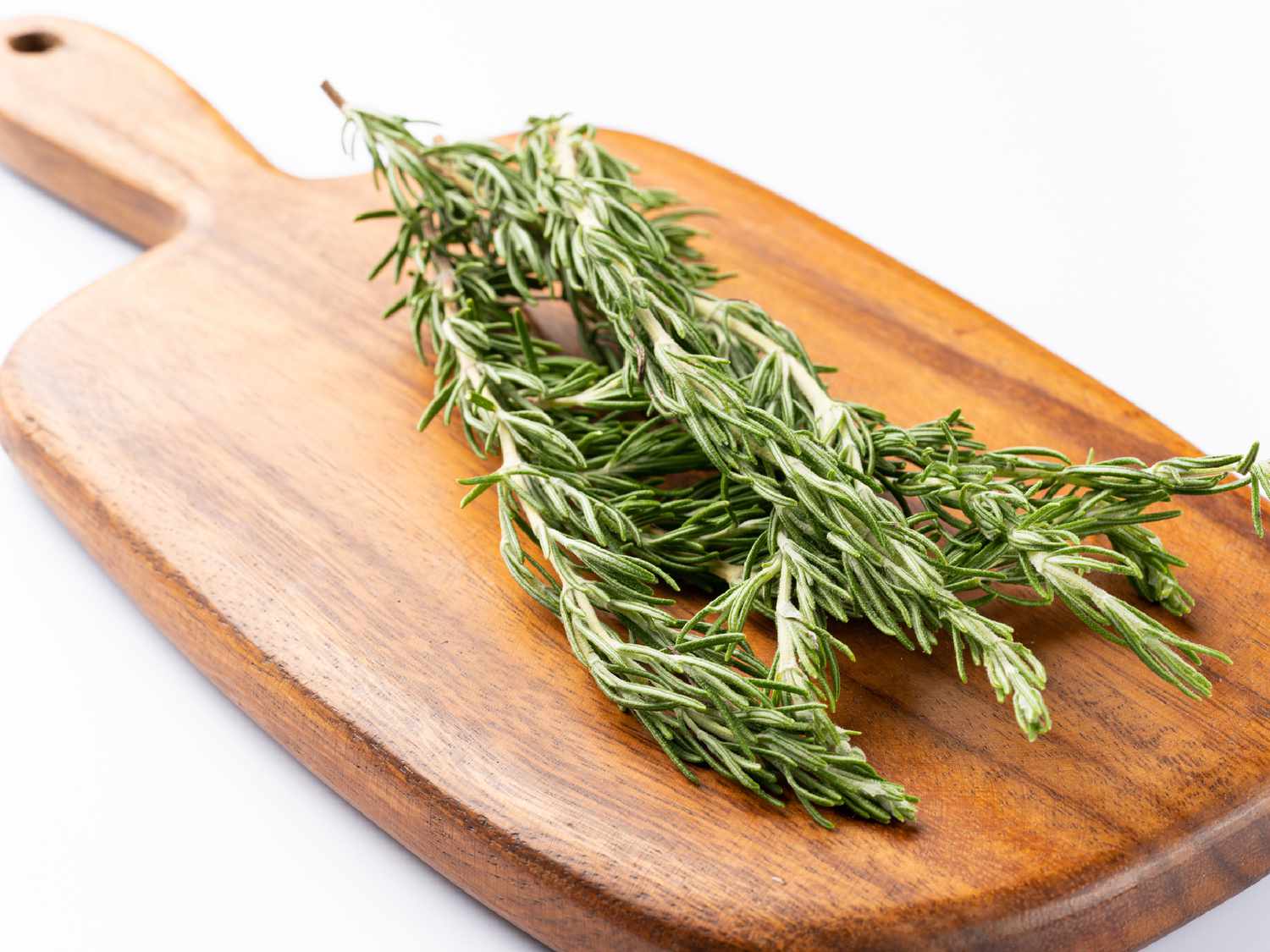
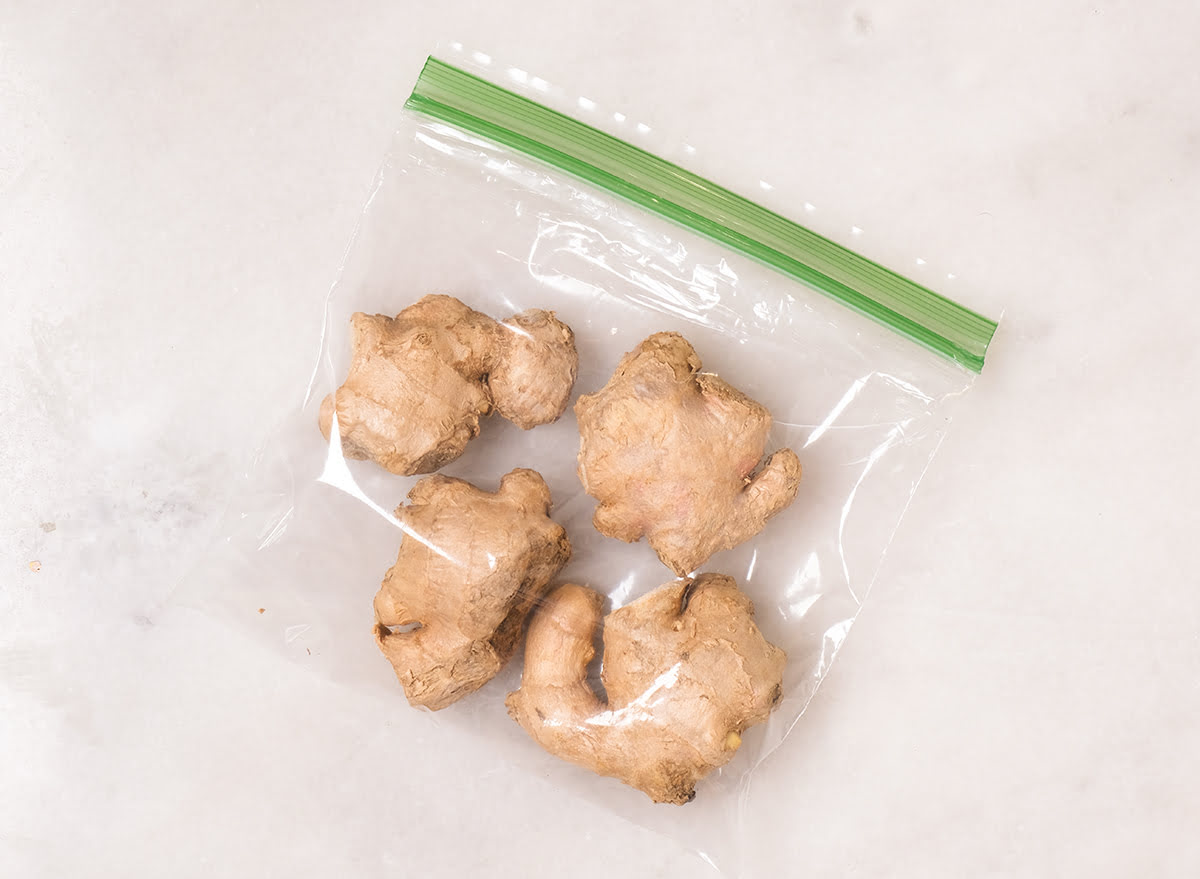

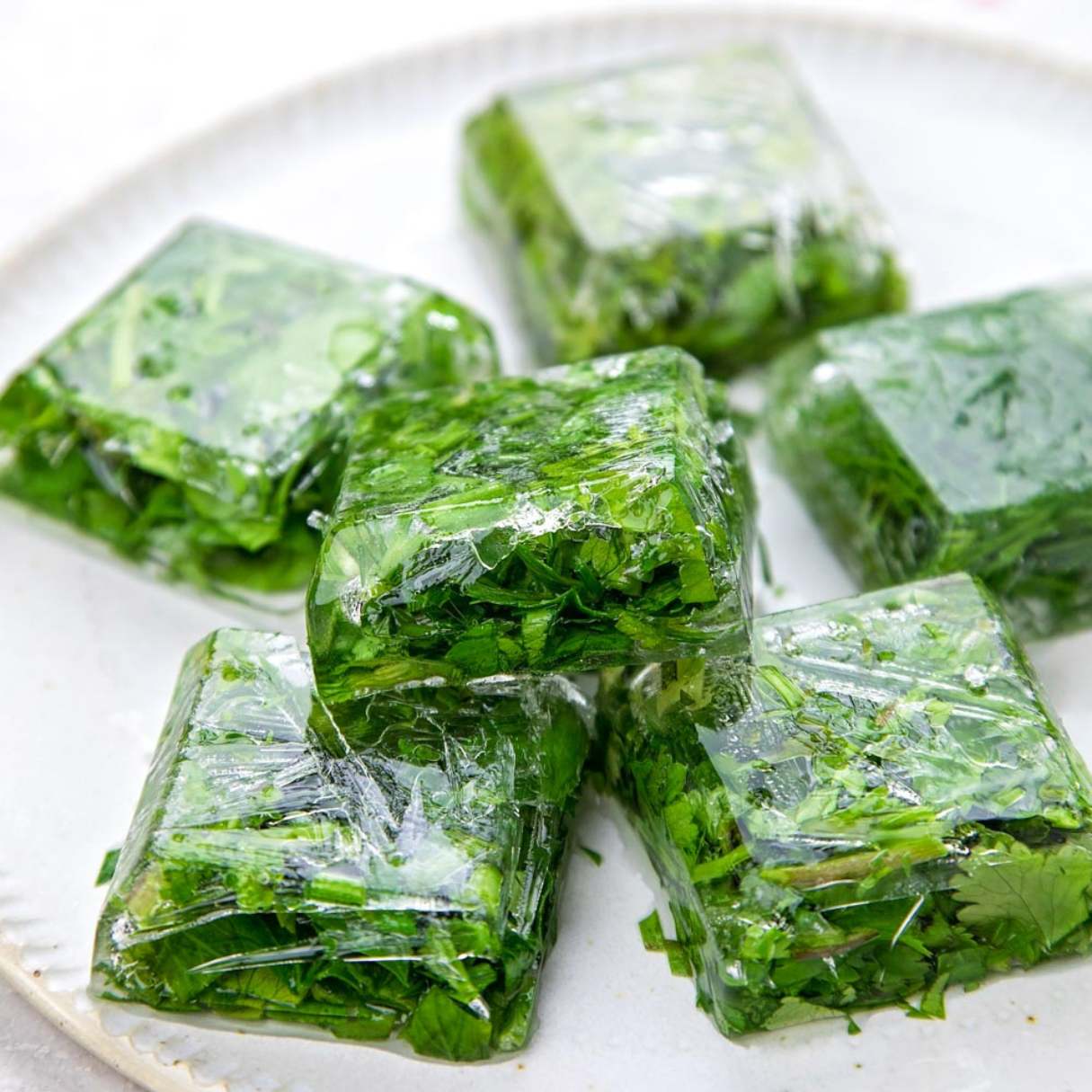
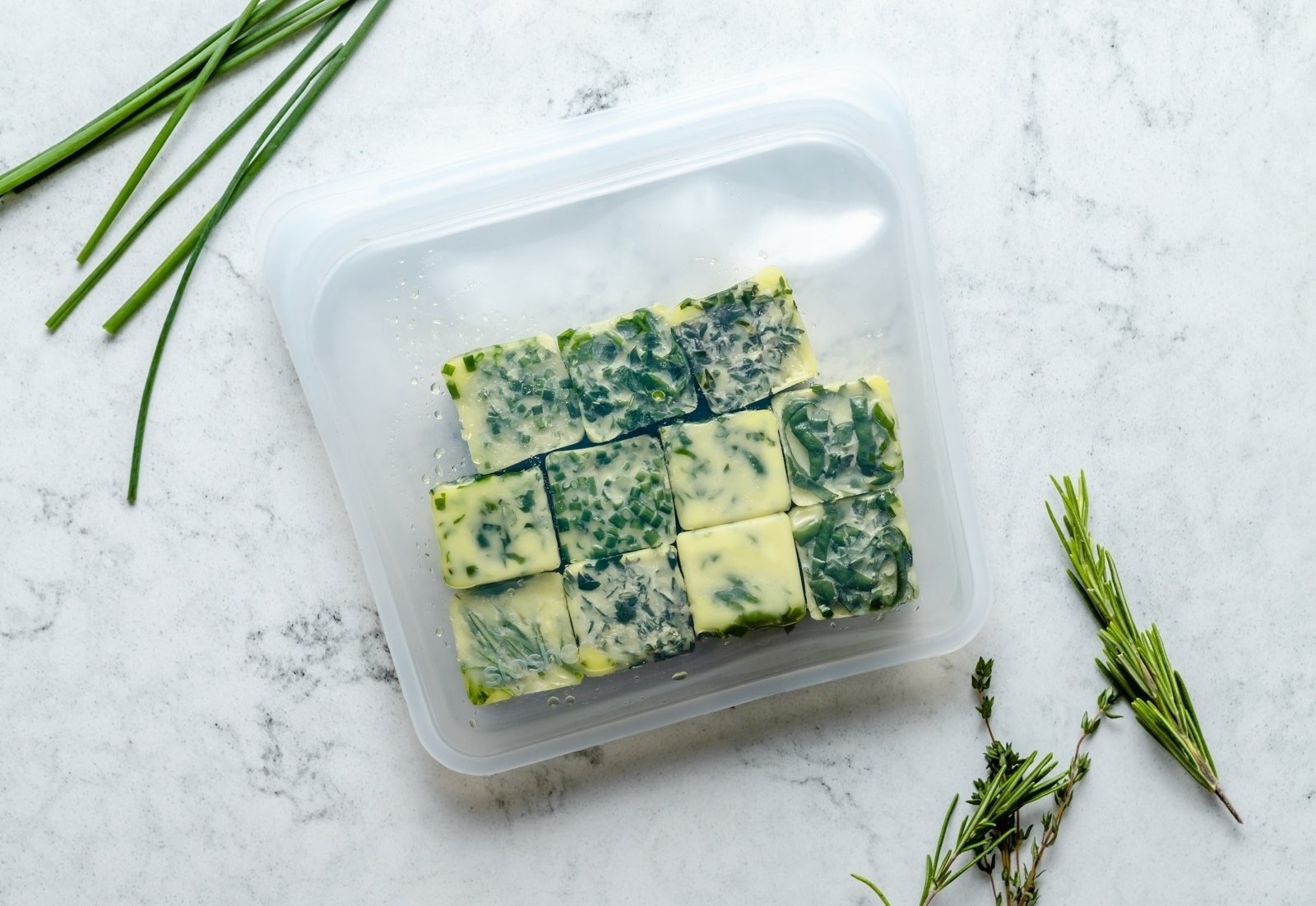

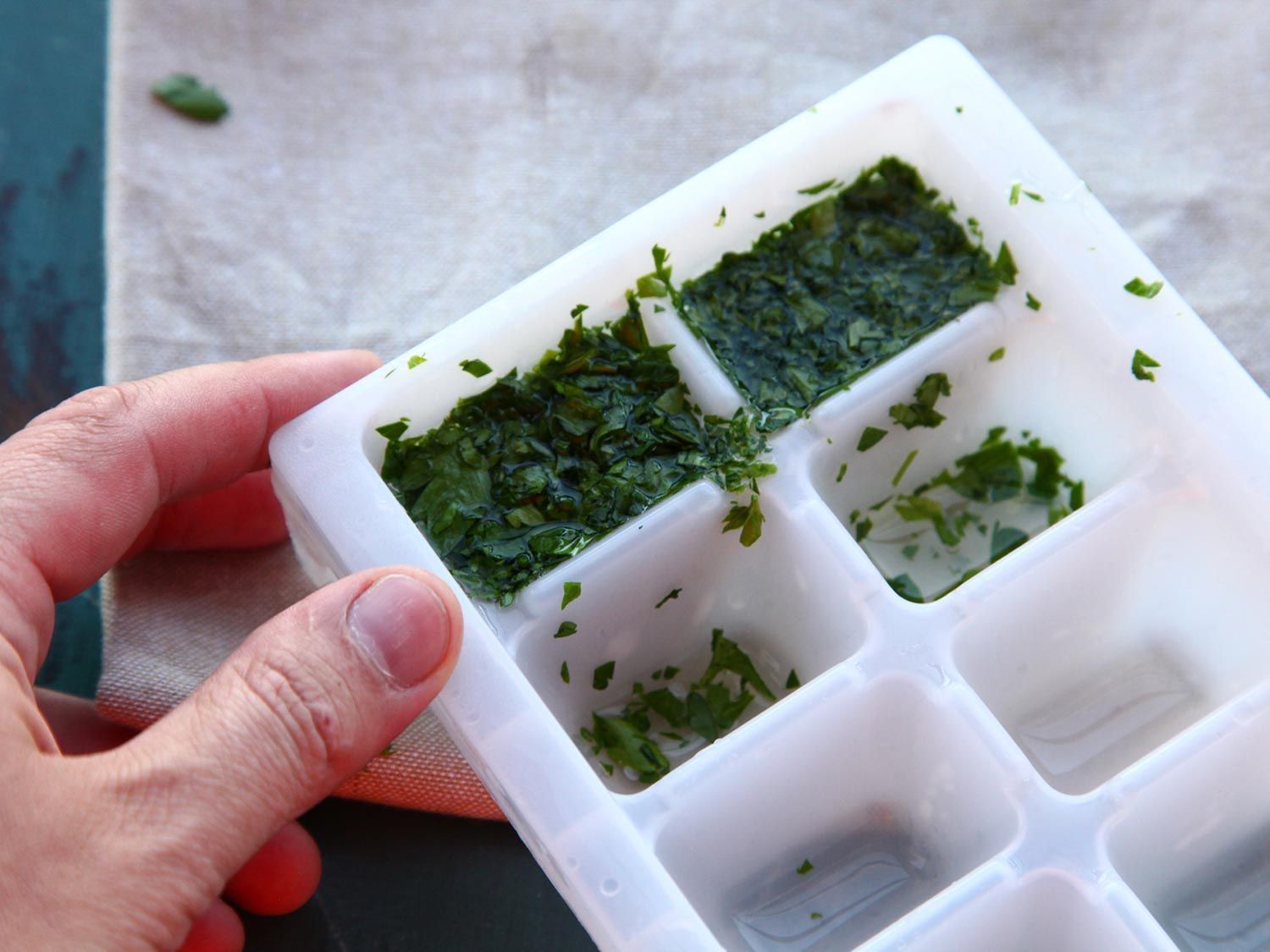

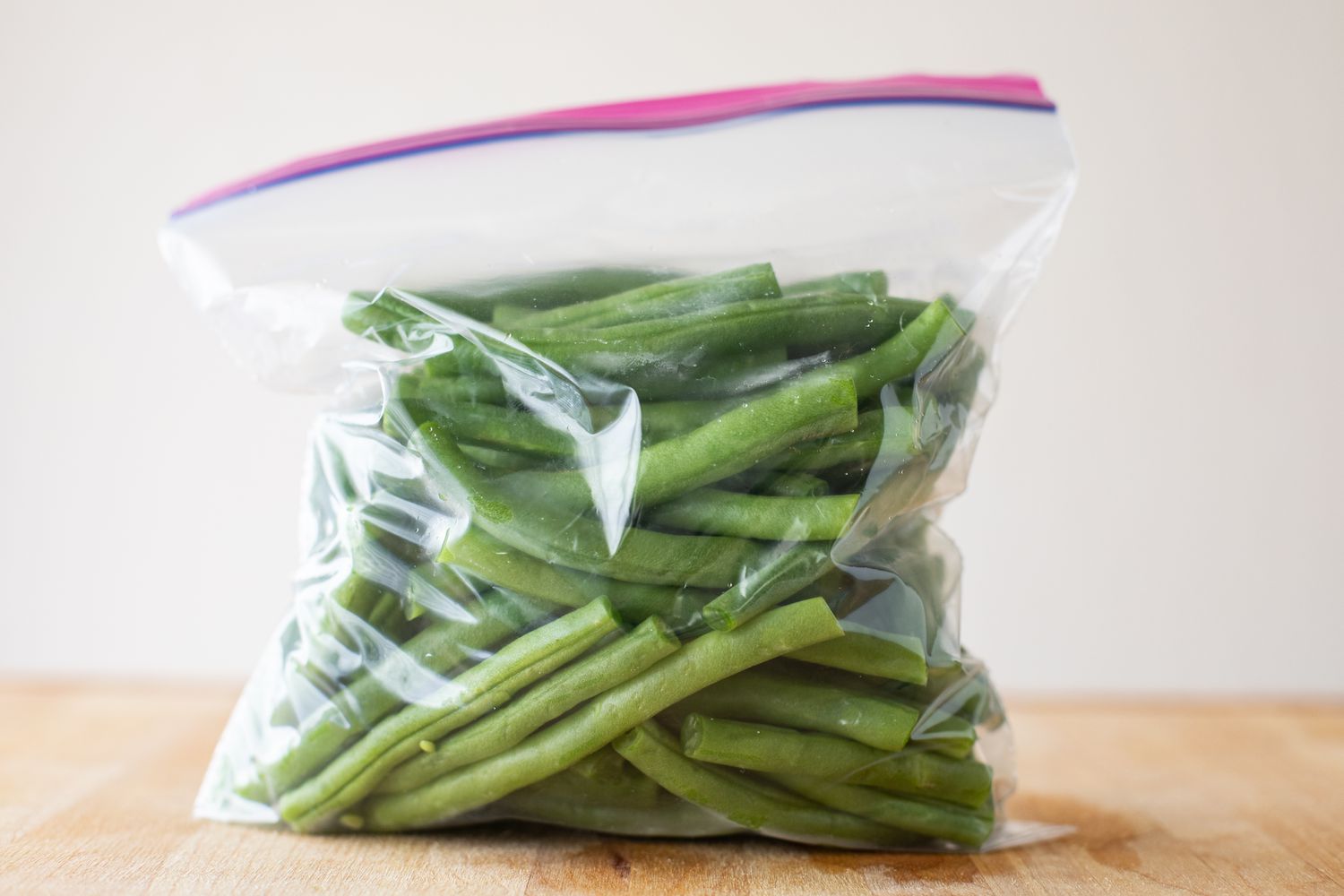
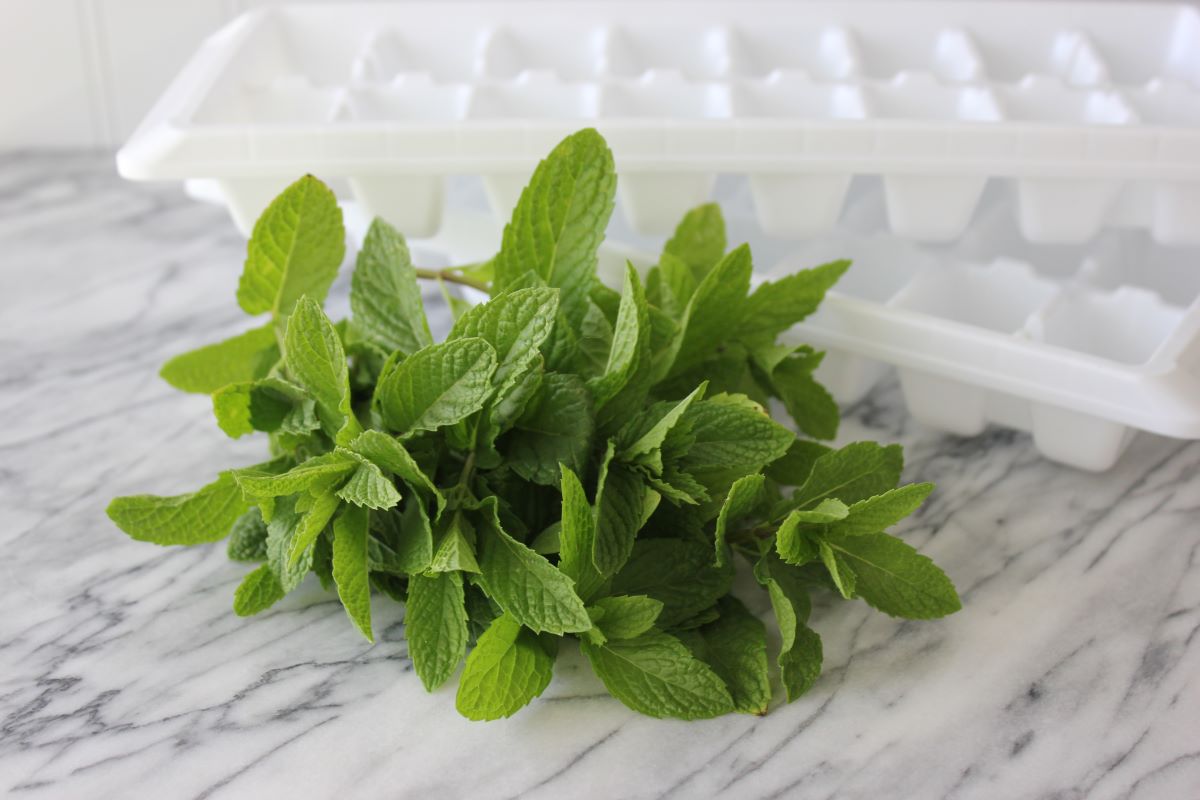


0 thoughts on “How To Store Fresh Rosemary In The Freezer”